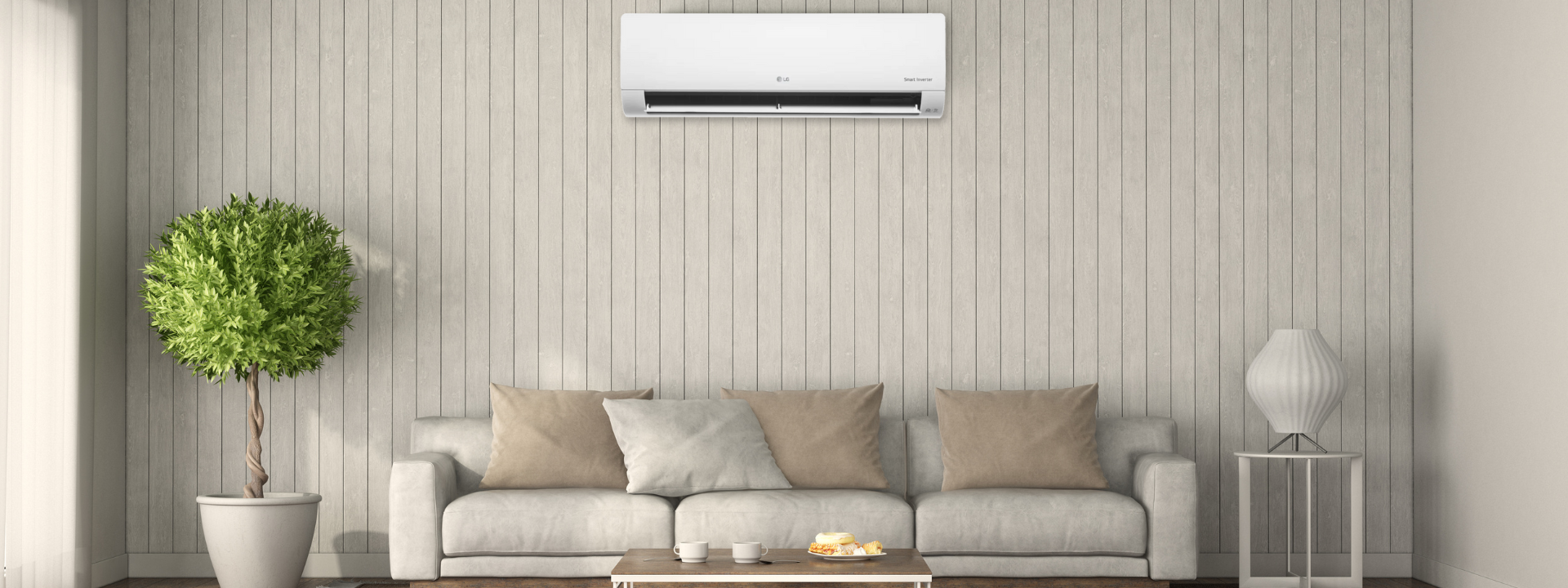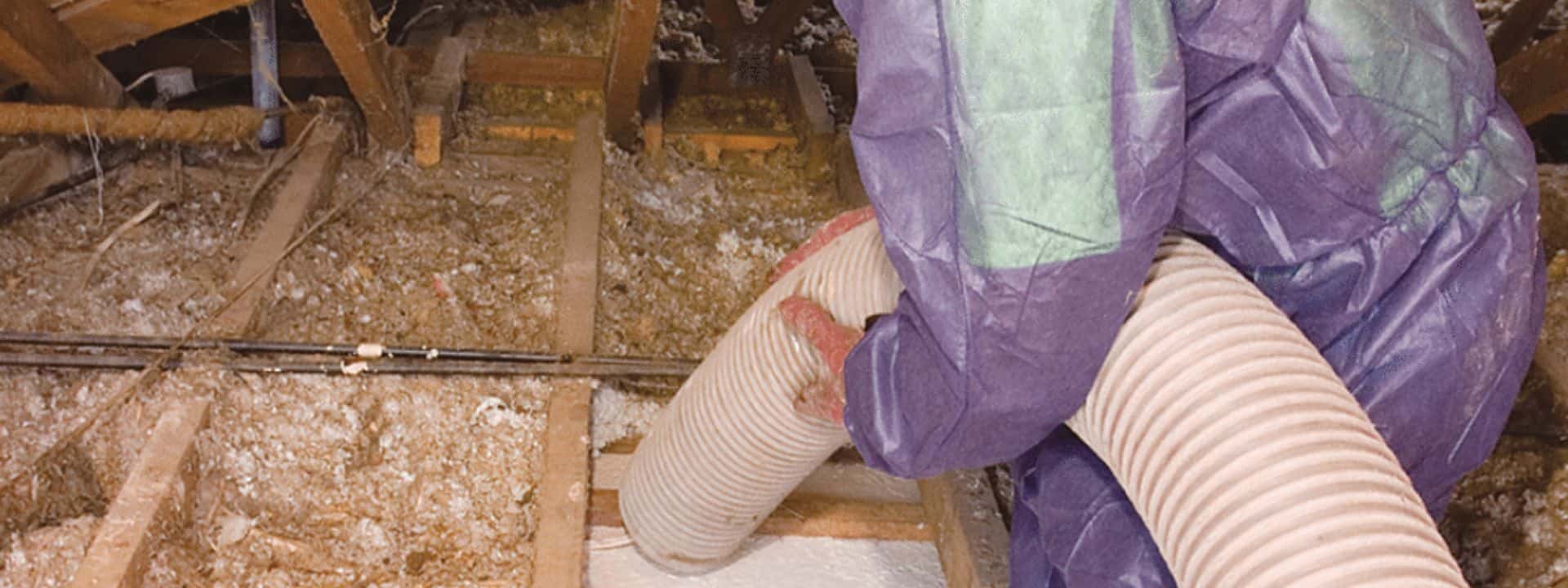Are evaporative cooling vents a source of draughts and heat loss?
Draught Sealing Evaporative Cooling Vents
Heatsaver vent covers to stop Winter drafts
Evaporative cooling vents can be a huge source of draughts and heat loss in winter. Sealing off the vent blades can be tricky, ineffective and quite frankly a pain to attempt! Whilst we’ve seen all kinds of DIY solutions for sealing the vents ranging from clear contact to custom made cushions stuffed into the ducts, by far the best solution is the heatsaver vent cover.
Heatsavers are a magnetic cover that clip on to your vents in Winter without the need to adjust the vent blades. They provide a perfect seal and take only seconds to install. They are an easy DIY install too, you simply send the measurements of your vents to the manufacturer and they post you back covers custom made to your vents. Installation is as easy as peeling off the cover on the adhesive tape that holds the white metalic surround on the vent, sticking it in place then popping on the cover.
The magnet on the cover gives a perfect seal and makes the cover super easy to take down next Summer. Because the metalic surround stays on all year round, when next Winter arrives all you have to do is use the magnet to clip the cover back in place. It will take you more time to find where you hid them last summer then what it will to fit them back in place!
Heatsavers are available to purchase directly from the Australian manufacturer at Heatsaver Australia.
Download our FREE insulation installation guide
continue reading
Related Posts
When we undertake a wall insulation installation the very first step is to plug the wall cavity if the house is built on a suspended timber floor.
When we undertake a wall insulation installation the very first step is to plug the wall cavity if the house is built on a suspended timber floor.
When we undertake a wall insulation installation the very first step is to plug the wall cavity if the house is built on a suspended timber floor.


